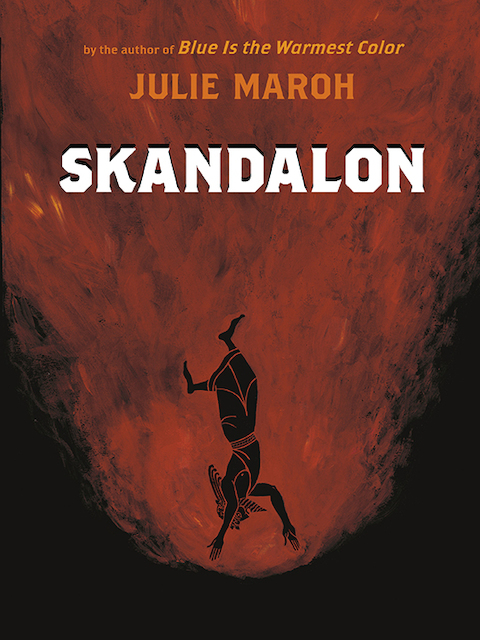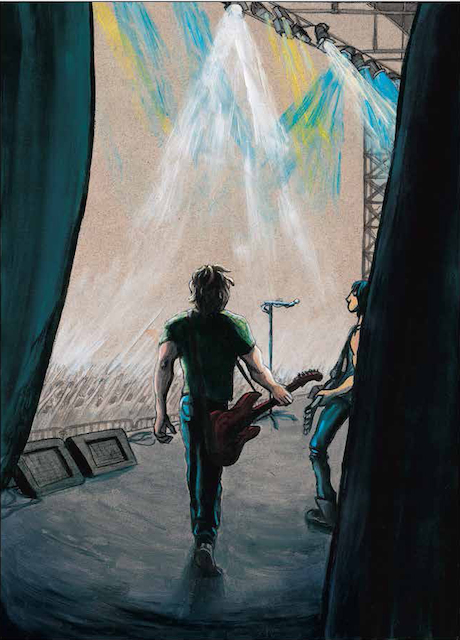Book Review: Skandalon


Tazane the rock god
Julie Maroh
Latest Article|September 3, 2020|Free
::Making Grown Men Cry Since 1992


Tazane the rock god
Julie Maroh

